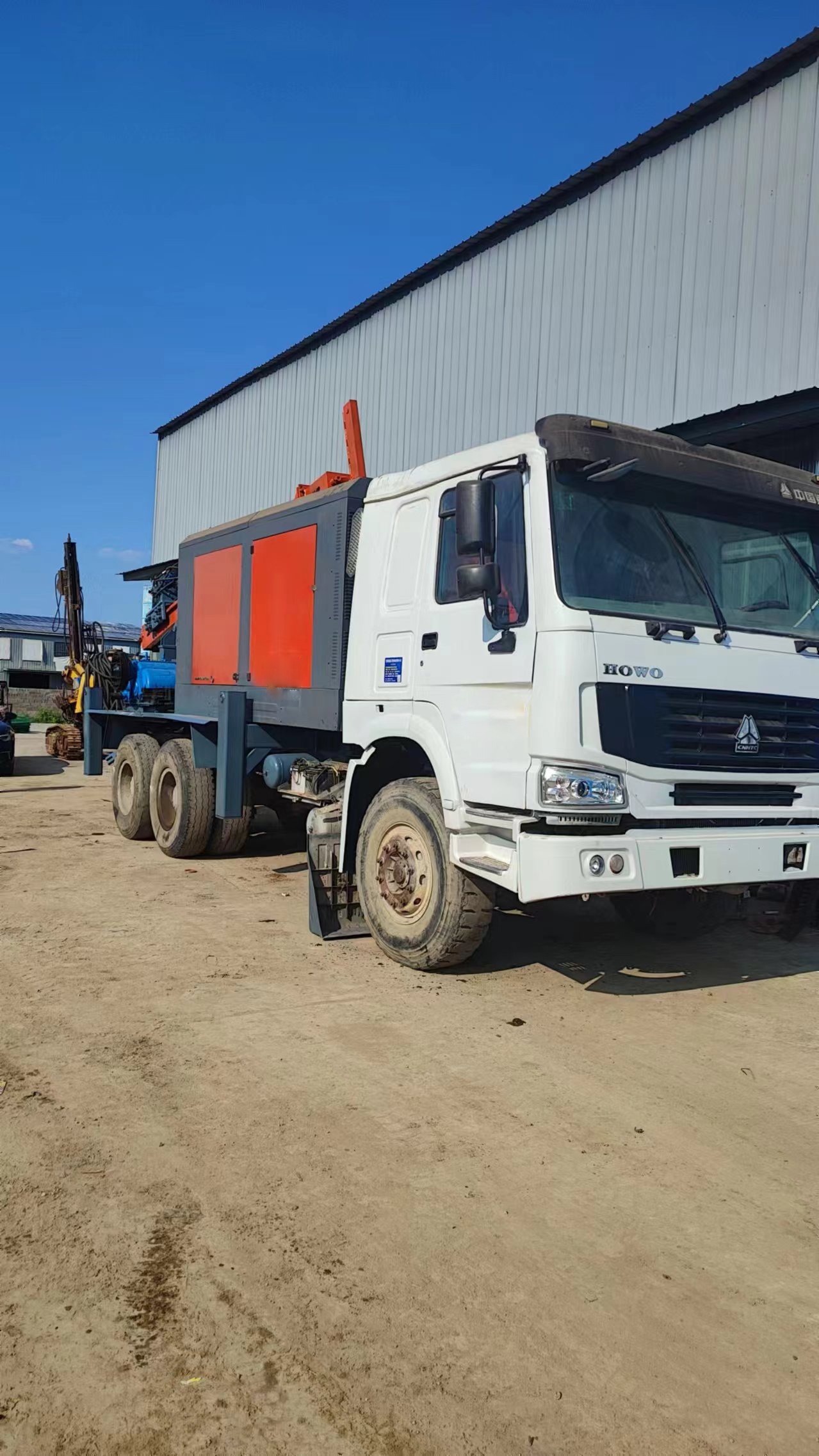Buying a used drill rig, like buying any other used equipment, has its own unique advantages as well as some disadvantages that need to be carefully weighed. Below I will detail the pros and cons of used drilling rigs in hopes of helping you make a more informed decision.
Advantages of Used Rigs:
Price Advantage: This is the primary advantage of buying a used rig. Used rigs are usually much less expensive than new rigs, which can significantly reduce the initial investment cost, especially for startups or small drilling companies with limited capital, which is a very important consideration.Rapid availability: While purchasing a new rig often requires a long waiting period for production and delivery, used rigs can often be delivered immediately or very quickly, which is advantageous for projects that need to get drilling operations underway quickly.
Lower Depreciation: Depreciation rates for new equipment are usually highest in the first few years, whereas used equipment has already experienced some depreciation, so subsequent depreciation will be slower.
Inspection history: If you have access to the maintenance records of a used rig, you can get a better idea of its usage and potential problems.
Disadvantages of Used Rigs:
Uncertainty about the condition of the equipment: This is the biggest risk of buying a used rig. Since the equipment has been in use for some time, its condition may vary, and potential wear and tear, malfunctions, or defects may be difficult to fully detect prior to purchase.Higher Maintenance and Repair Costs: Used rigs may require more maintenance and repairs to keep them running properly. This can increase operating costs even more than the savings realized at the time of purchase.
Relatively outdated technology: Used rigs may utilize relatively old technology and may not be as efficient or perform as well as new rigs, for example, there may be gaps in fuel efficiency, emission levels, etc.
Lack of Warranty: Most used rigs do not come with a manufacturer's warranty, and in the event of a malfunction, you will be responsible for the cost of repairs.
Difficulty in obtaining original spare parts: For some older models, it may be difficult to obtain original spare parts, which can make repairs more difficult and costly.
Notes on purchasing a used rig:
Carefully inspect the equipment: Hire a professional third-party testing organization or experienced technicians to conduct a comprehensive inspection of the equipment, including the engine, hydraulic system, electrical system, drilling tower, chassis and other key components.Check the maintenance records: Get the maintenance records of the equipment as much as possible to understand its history of use and repair.
Choose a reputable seller: Choose a reputable and experienced used equipment dealer or individual seller to avoid purchasing equipment from unknown sources.
Sign a detailed purchase contract: Specify the condition of the equipment, warranty terms (if any), payment method, delivery time and after-sales service in the contract.
Consider refurbishment or upgrading: After purchase, consider refurbishing or upgrading the equipment as necessary to improve its performance and reliability.
If you need to buy the right water well drilling rig, click the link below to contact our professional team.

Comments
Post a Comment